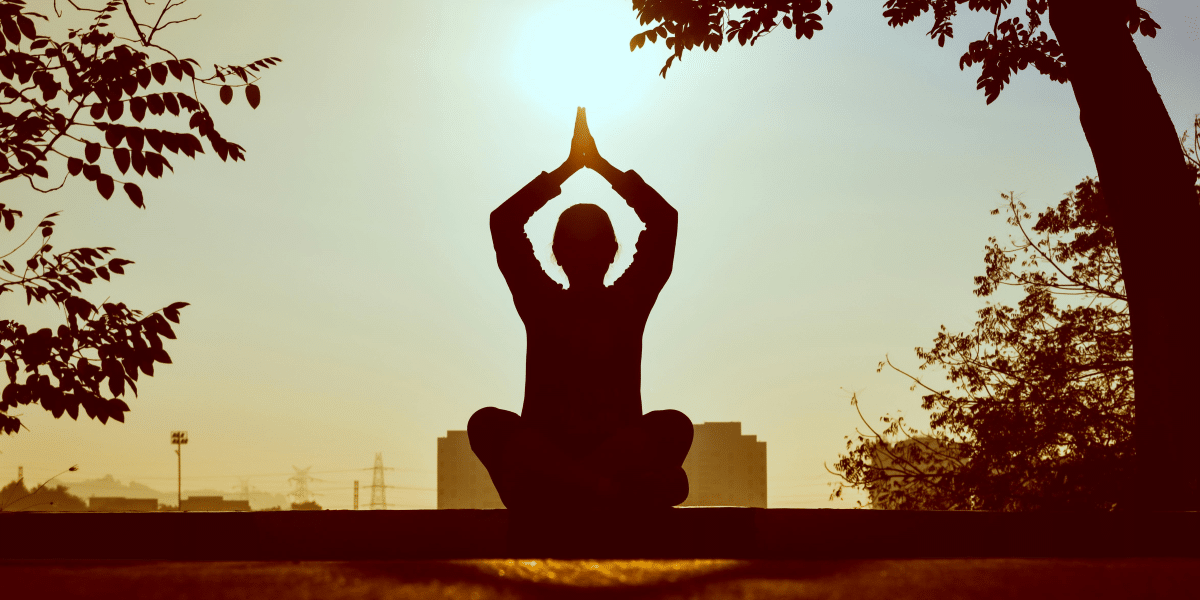Using Yoga to Improve Overall Physical and Mental Health
Yoga is a popular and accessible exercise that has roots in meditative practices that improve mindfulness and well-being. Read on to learn a little more about its benefits and for tips on getting started.
Benefits for Physical Wellbeing
Yoga is a versatile exercise. Its poses stretch the muscles of the body, which improves flexibility and range of motion. They also help develop muscle tone, strength, and endurance, particularly in the core. This increased strength and flexibility also improves proper posture and reduces feelings of stiffness or tiredness.
Benefits for Mental Wellbeing
Although less direct, the practice of yoga has positive effects on the mind. Like many types of exercise, a yoga session releases “happy” chemicals such as dopamine, serotonin, and norepinephrine. These simulate a high and improve your mood. Studies have found that yoga can even help reduce depression and improve sleep quality. In addition, the stretching of muscles helps reduce overall tension and stress. Building healthy habits through yoga can be the first step toward implementing healthier habits in other areas of life.
Yoga’s environment also has mental benefits. Yoga instructors maintain a positive environment and often play relaxing music. Group classes also provide an opportunity for social connection, which has a positive effect on mental well-being.
Why is it important for mindfulness?
Mindfulness is a mental state in which you maintain awareness of the present without judgment. A yoga practice teaches mindfulness by emphasizing guided breathing, relaxation, and focused awareness. Moreover, yoga exercises ground the body, clearing the mind.
Tips for Beginners
If you’re new to yoga, don’t worry. Whether you’re learning at home or in class, these tips can help you get started with confidence.
Go Slow
Yoga poses often stretch the body in new ways. It takes time to develop the strength and flexibility needed to master them. Therefore, it’s important to be patient. Consider taking beginner classes. A beginner-friendly instructor can tailor a program to your needs and recommend adjustments to poses. These modified poses ensure you get the benefits of the poses while remaining safe and avoiding injury.
Prepare Your Space
Staying with the theme of building a stable foundation, make sure you have a good environment to practice. If you’re doing yoga at home, set aside a comfortable space so that you can relax and focus fully. Your yoga mat should be a good thickness and be made of a material that isn’t slippery. This ensures that you can be confident and stable in your poses.
Remember to Breathe
Even if you’re dealing with a particularly challenging exercise, steady breathing keeps your body grounded and relaxed. It teaches your body to remain calm and aware through challenges rather than tense and stressed. You can use yoga as a space to develop positive habits. As you develop, you’ll be able to apply these practices to other challenges in your life.
Yoga is a rewarding practice with physical and mental benefits. If you want to try it out, all that’s needed is a mat, a class, and an open mind.
Published by: Khy Talara








